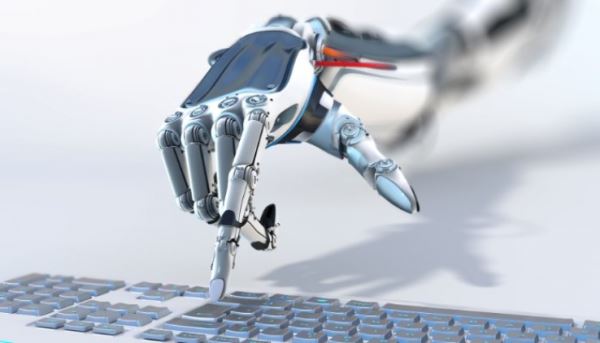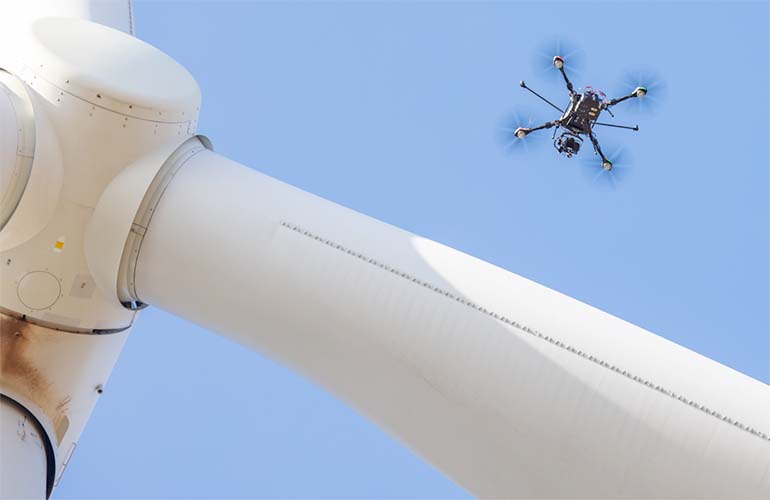Adaptability has always been a cornerstone principle for successful organisations.
With the uncertainty that the world has faced over the past two years. There’s never been a more important time for this quality to come to the fore, according to Konica Minolta, a global leader in business solutions and IT.
“Digital transformation across all industries has continued to grow,” says Matthew Hunter – innovation product marketing manager, Konica Minolta.
This has created more opportunities for businesses to experience the benefits of a digitized work environment.
According to Konica Minolta, these are the five robotics trends that have shaped the industrial sector in the past year:
1. Smarter robots with the help of artificial intelligence (AI)
As robots become more intelligent, their efficiency levels increase. Many AI-capable robots can learn processes and tasks as they perform them, gathering data and improving the action as they go.
These smarter versions of their counterparts can even possess ‘self-healing’ qualities, whereby the machine can identify internal issues and self-repair without human interaction.
These improved levels of AI provide an exciting glimpse at what future industrial industries may look like. Also with the possibility of increasing the robotic workforce as they work, learn, and solve problems just as a human employee would.
2. Putting the environment first
Organisations at all levels are beginning to prioritize the environmental impacts of their day-to-day practices and this is reflected in the kind of technology they employ.
The robots of 2021 are created with an emphasis on the environment. As companies look to reduce their carbon footprint, while simultaneously improve processes and increase profits.
Modern robots can reduce overall resource use as the work they produce can be more accurate and precise. Eliminate human error and the additional material that would be used to rectify a mistake.
Robotics can also assist in the production of renewable energy equipment. Provide external organisations the opportunity to improve their energy consumption.
3. Cultivating human-robot collaborations
While automation continues to improve all aspects of the manufacturing process, it is the increase of human-machine collaboration that is set to continue in 2022.
Having robots and humans working in a shared space provides a greater synergy in executing tasks, with robots learning to respond to the movements of humans in real time.
This safe coexistence can be seen in environments where a human may need to bring new materials to the machine, change its programs, or inspect new system runs. A combined approach also allows more flexible factory flows, letting robots complete the monotonous, repetitive tasks and humans to provide the necessary improvisation and change.
Smarter robots are also safer for humans to work around. These robots can sense when humans are nearby and adjust their course accordingly or act to prevent collisions or other safety hazards.
4. Increased variety within robotics
The robots of 2021 have no sense of uniformity. They instead embrace an array of designs and materials to best suit their purpose. Engineers are pushing the limits of what is currently available in the market to create more streamlined designs that are smaller, lighter, and more flexible than their predecessors.
These streamlined frames are also housing cutting edge smart technology. Letting them be easily programmed and optimized for human interaction. The use of less material per unit also assists in bringing down the bottom line and improving overall production costs.
5. Robotics entering new markets
The industrial sector has always been an early adopter of technology. However, the increasing productivity provided by robots has seen many other industries adopt exciting new solutions.
Smart factories are spinning the traditional production line on its head, while food and beverage, textiles, and plastic manufacturing has seen robotics and automation become the norm.
This can be seen in all areas of the development process.
With the widespread adoption of the cloud and the ability to run operations remotely, the traditional manufacturing facility will soon become a productivity hub.
Source: https://www.insiderobotics.com.au/automation/articles-automation/Five-robotics-trends-that-shaped-industry-in-2021/



